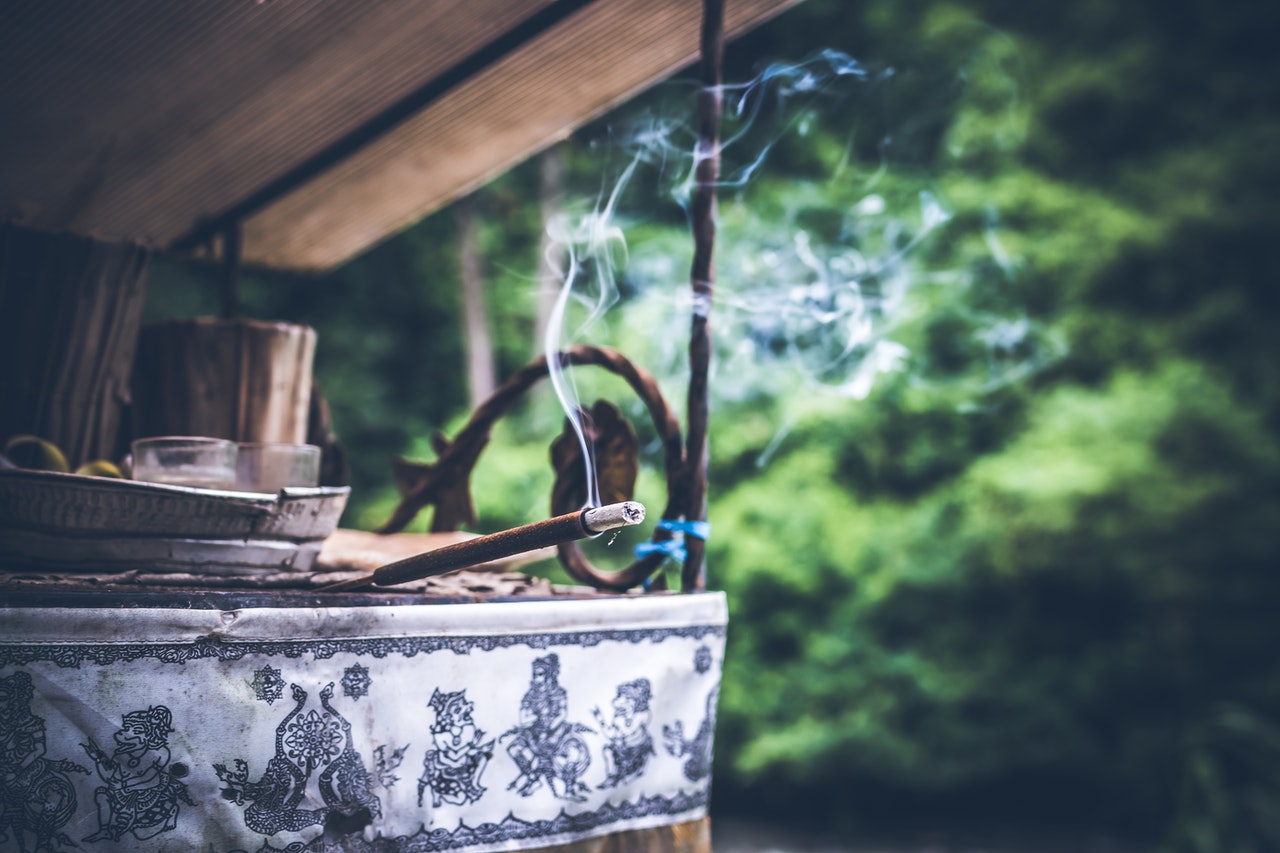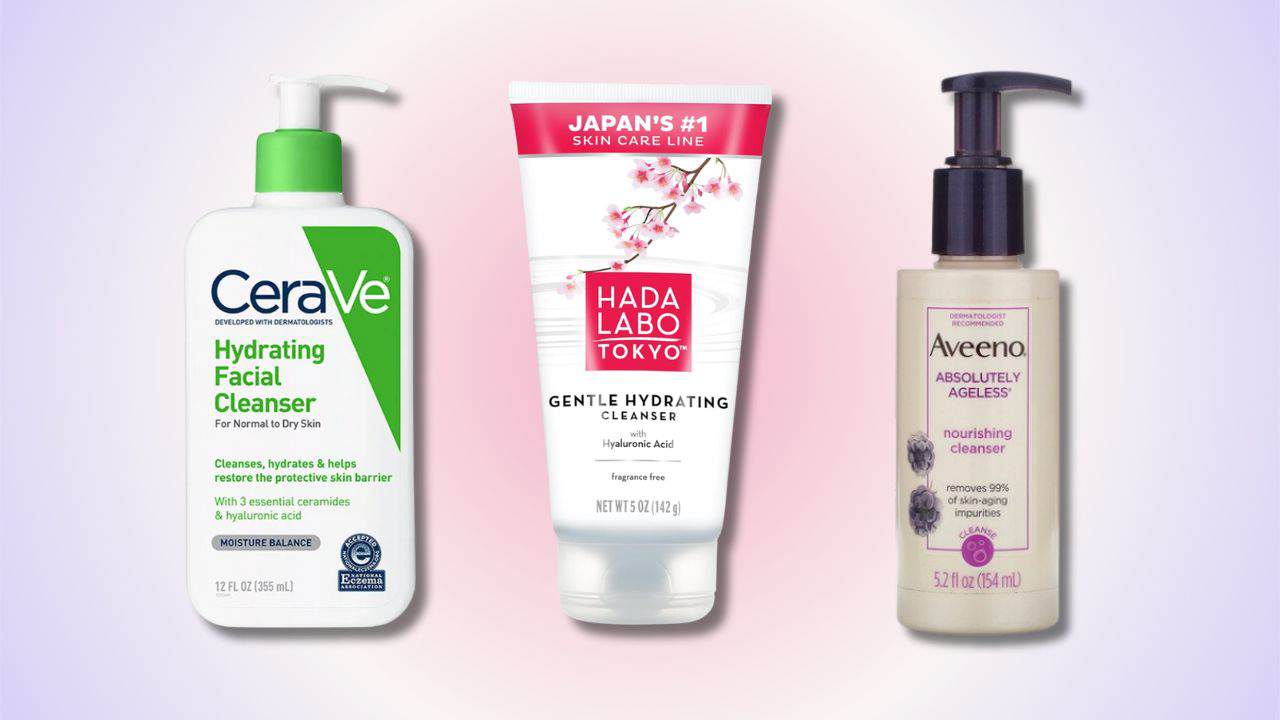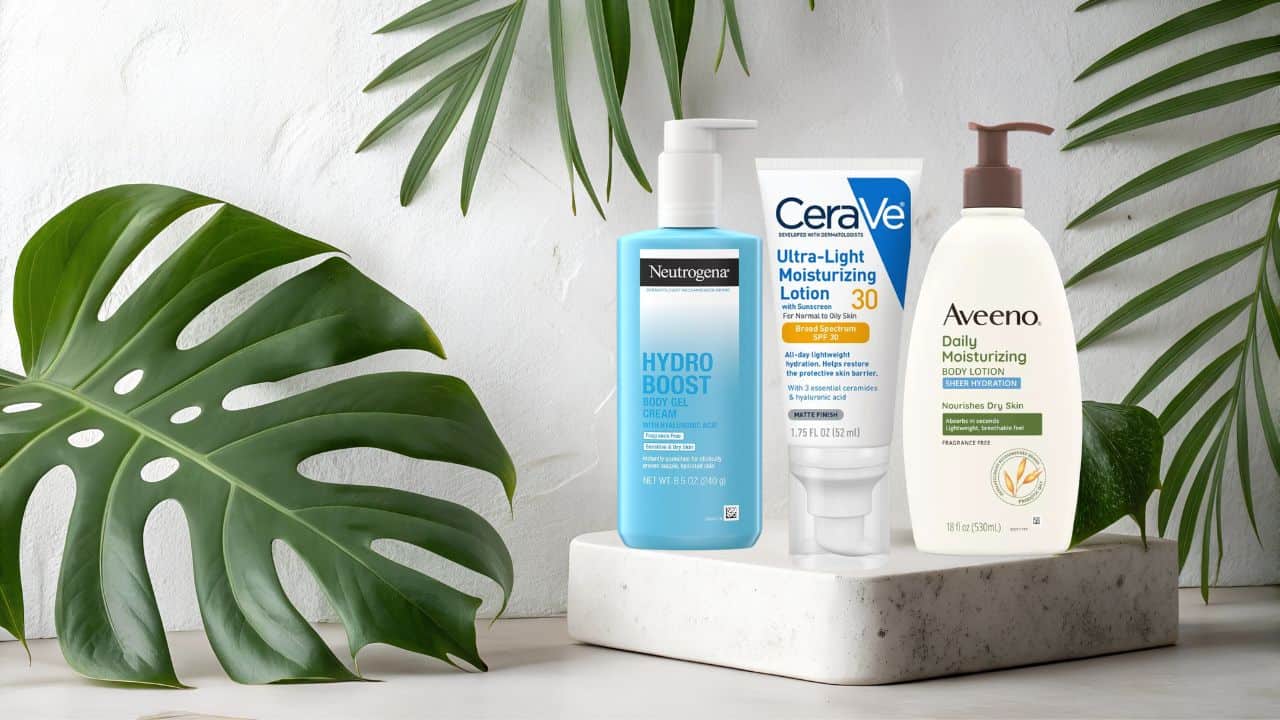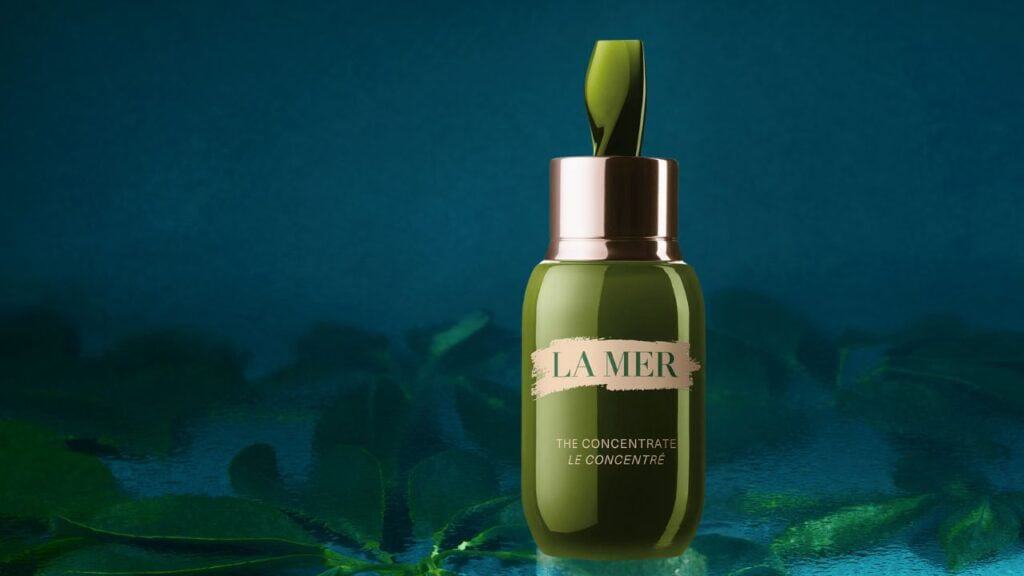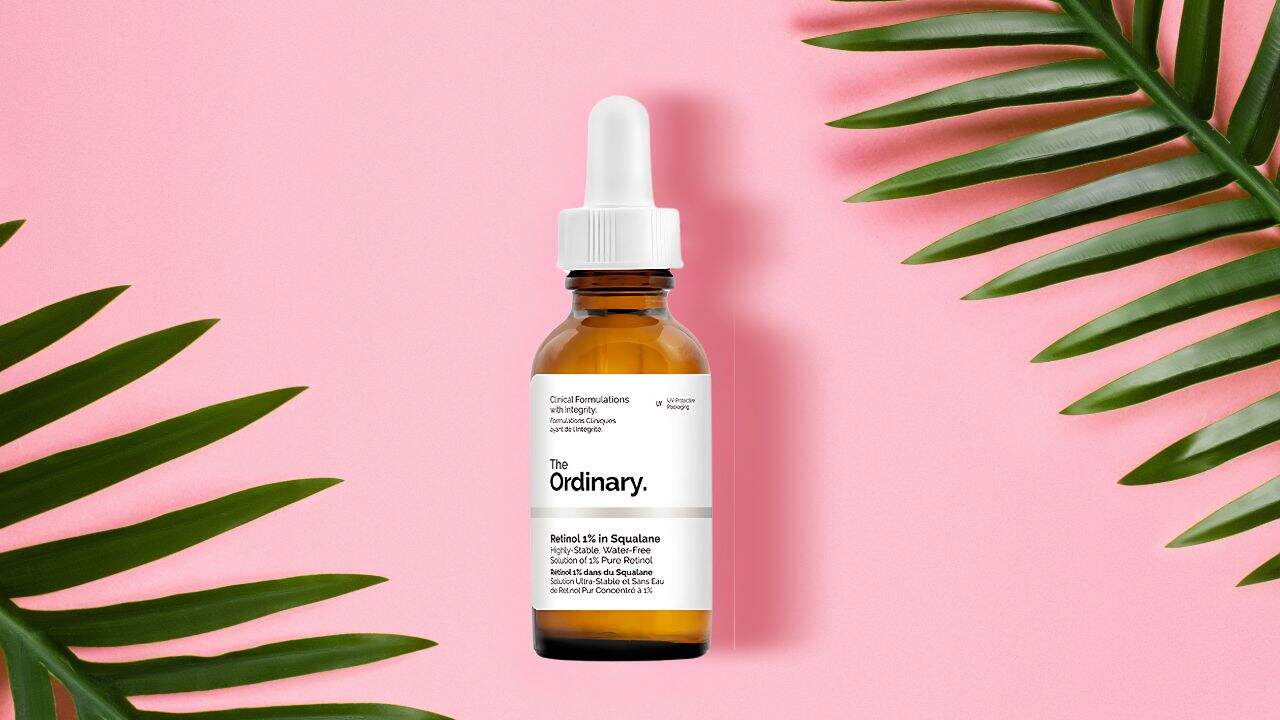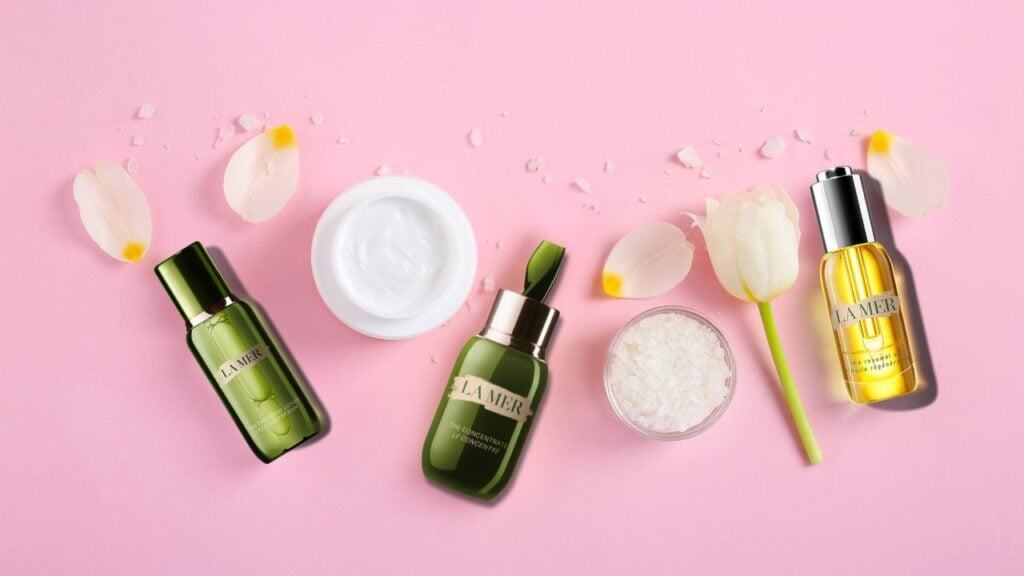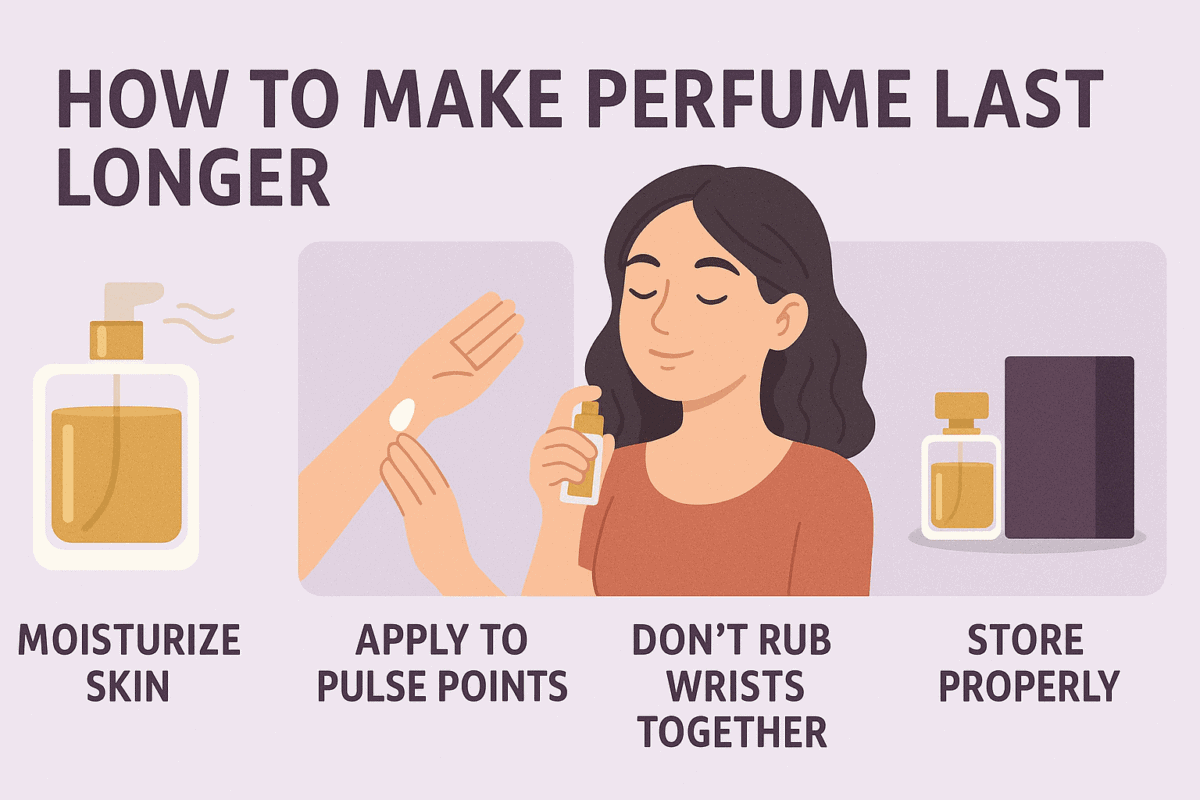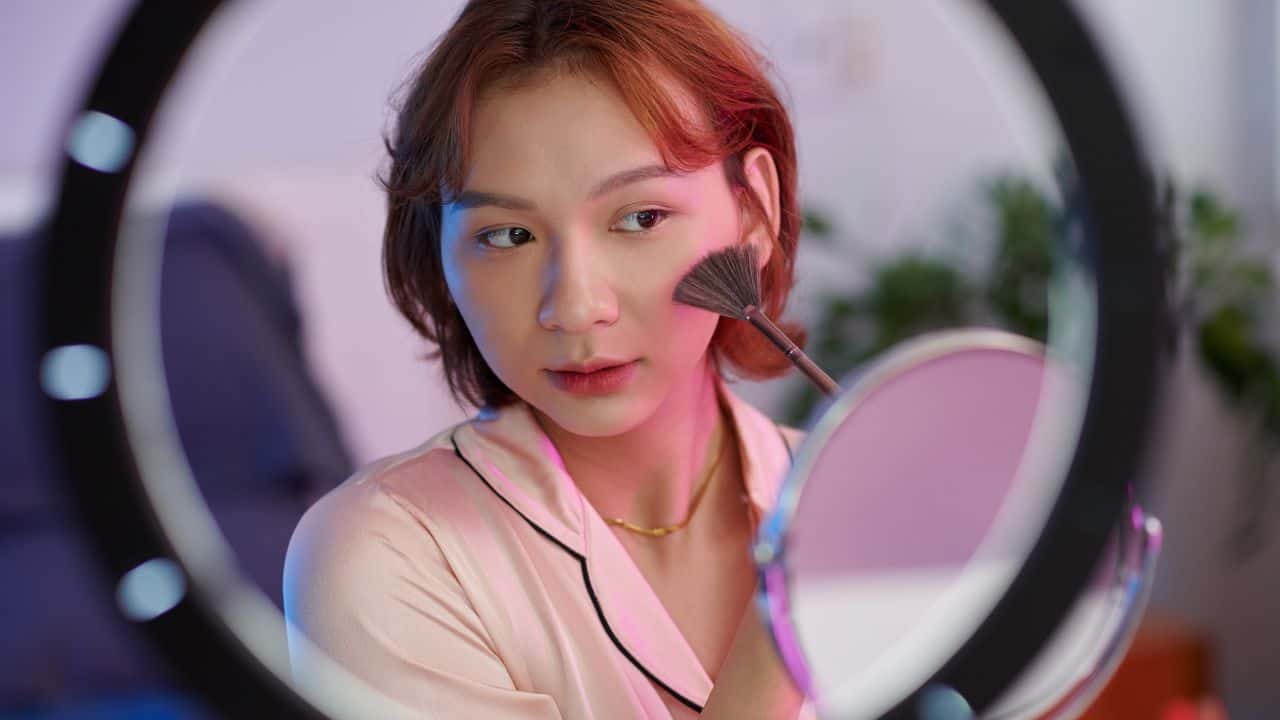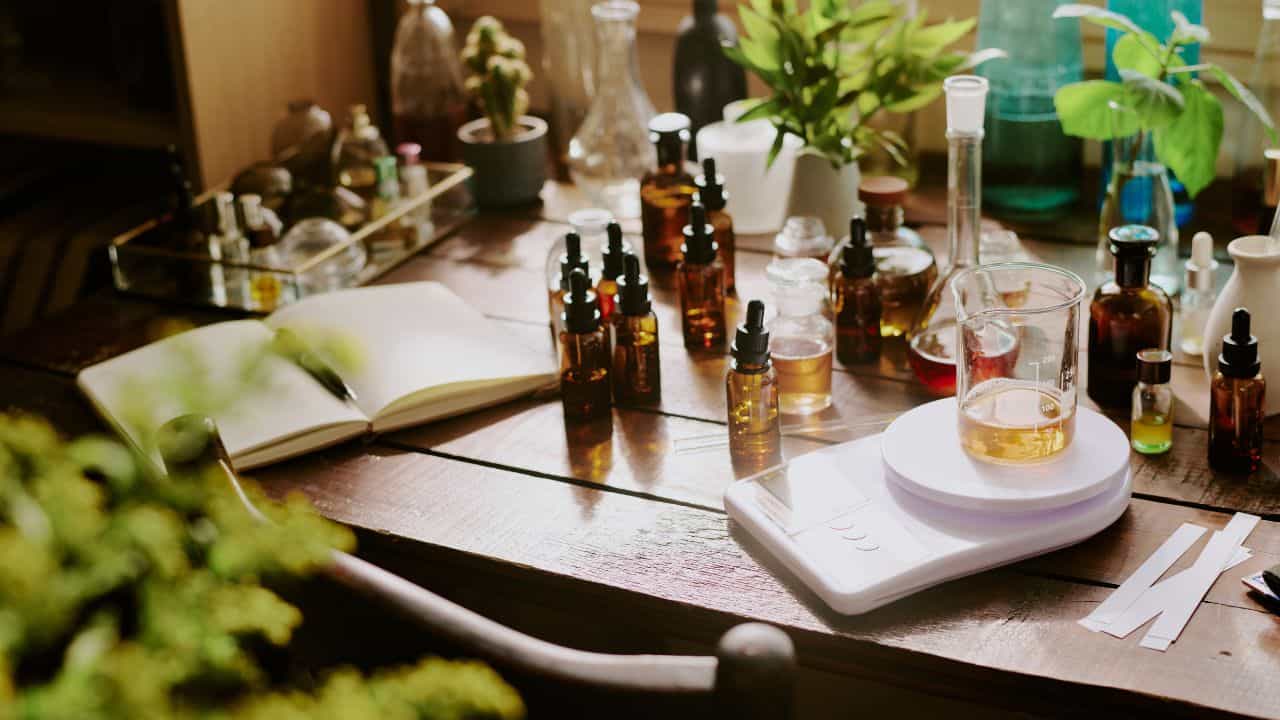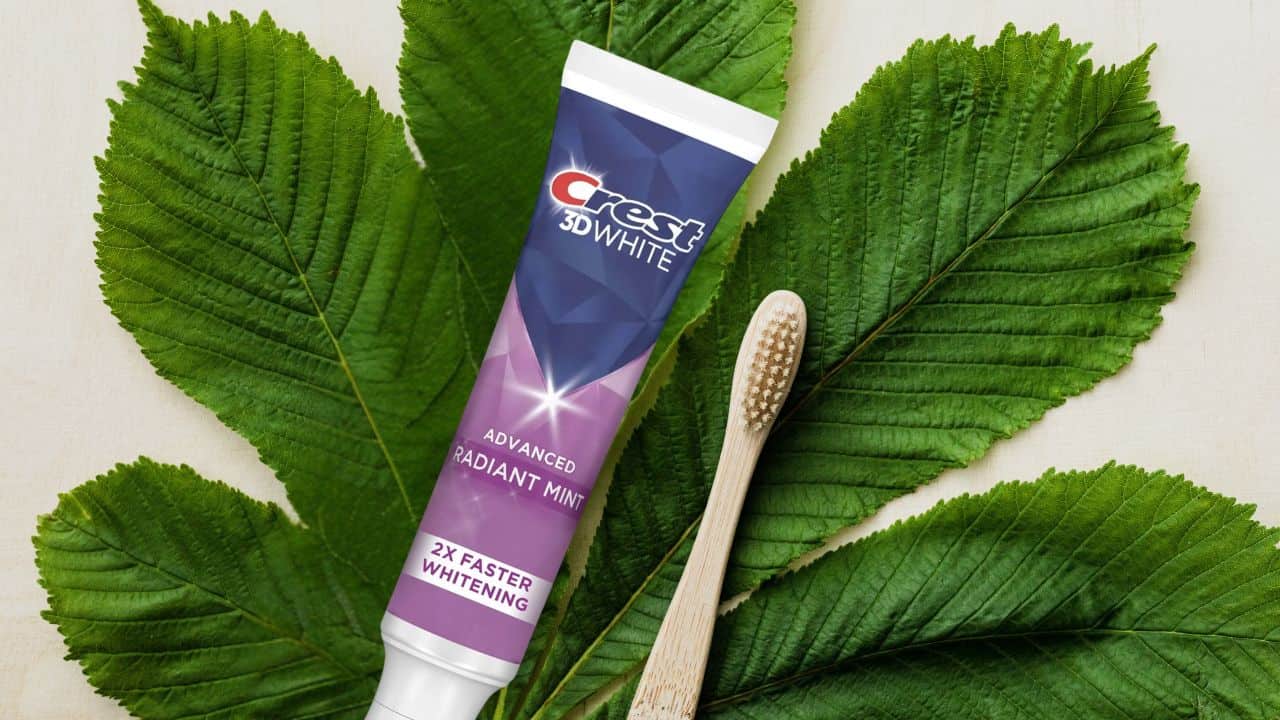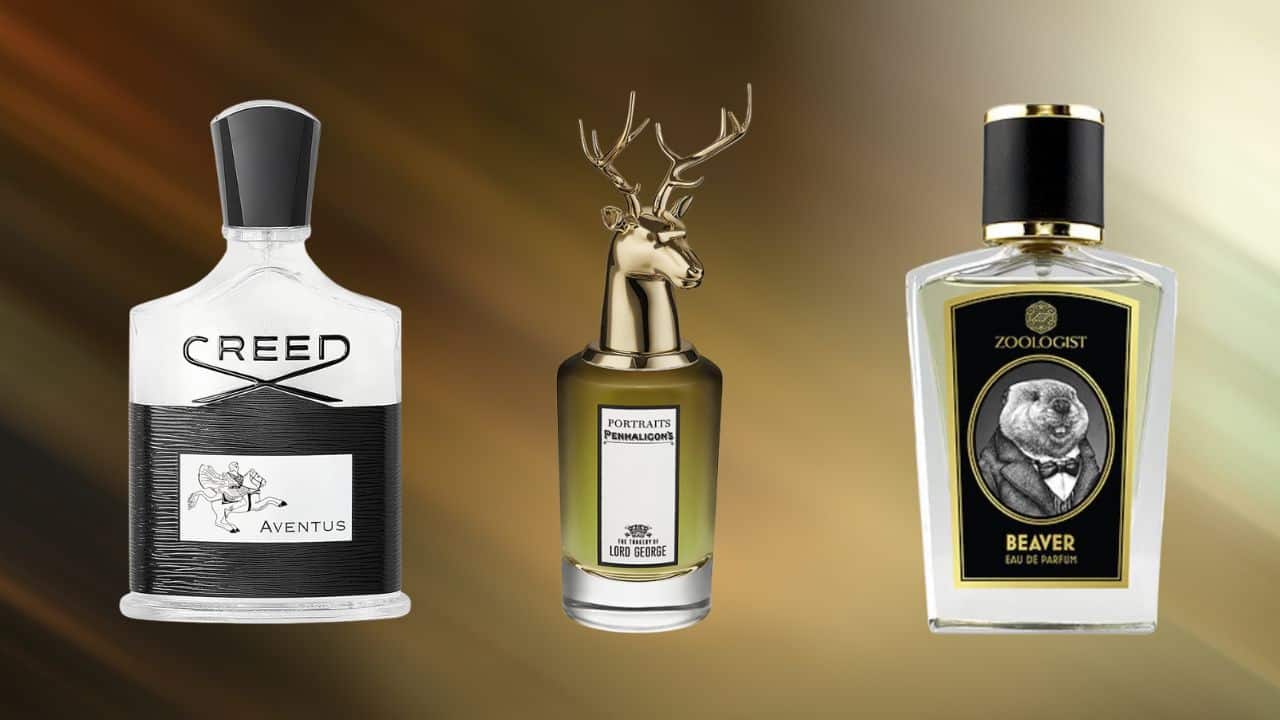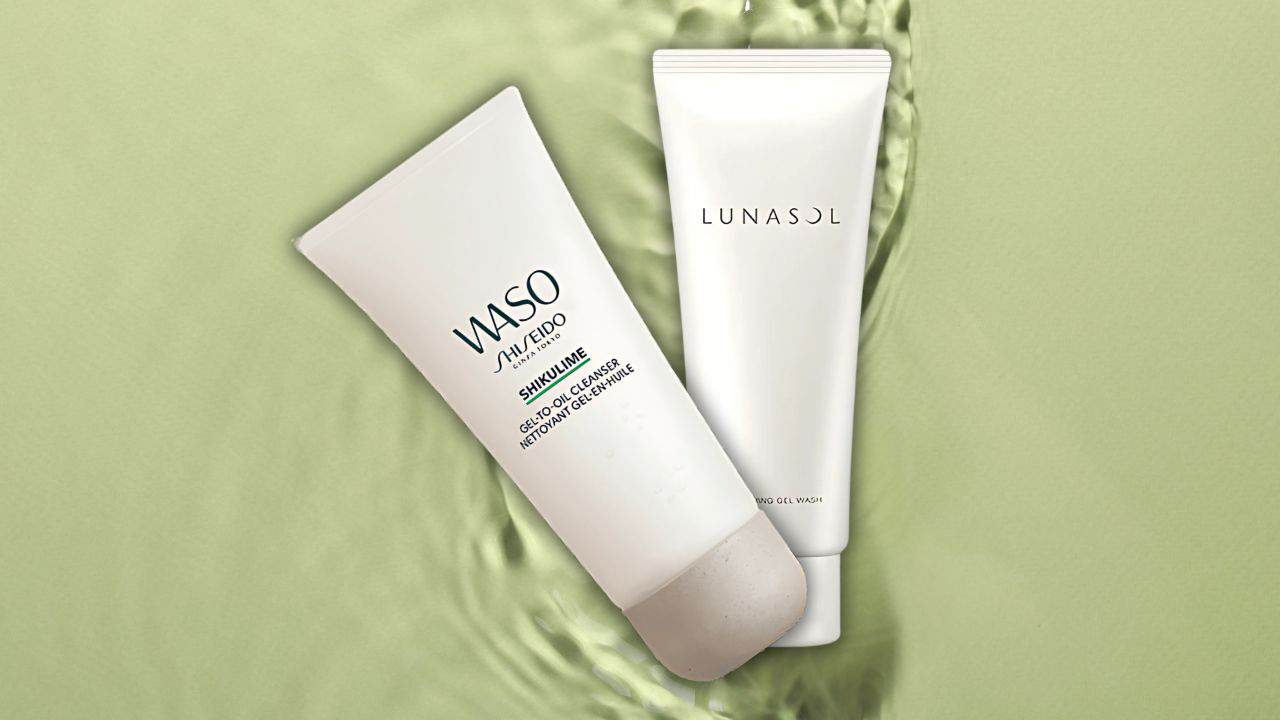Blog
Home / Origins & History of Perfume / Perfume in Ancient China
Categories
Recent Posts
- Quench Your Skin’s Thirst: 10 Best Face Cleansers for Dry Skin (2025)
- The 10 Best Body Lotions for Oily Skin That Actually Work (2025)
- Avoid These Bad Habits & Get Rid of Acne Prone Skin: Your Complete Guide to Clear, Healthy Complexion
- The Ultimate Guide to La Mer The Concentrate: Your Skin Barrier’s Best Friend
- What Is Retinol and What Does It Do? The Complete Science-Backed Guide
The popularity of perfume was not limited to just Roman and Greek civilizations in Western culture. The ancient Chinese were also pioneers of aromatic products and championed them in their daily lives. Often credited with introducing perfume to Eastern culture, the Chinese used many unusual scented products. For example, the ink with which they wrote was also perfumed and smelled elegant. The Sui and Song dynasties saw many noble and rich Chinese people using perfumes for personal grooming. They usually traded the ingredients via the Silk Road. Fragrance reached its height of fame during the Yuan, Ming, and Qing dynasties.
How did the ancient Chinese use perfume?
The ancient Chinese enjoyed using perfume as a daily grooming ritual, but that was not the primary use. They believed that scented products elevated their quality of life which is why they surrounded themselves with aromatic items inside their home. Perfume also played an important role in places of worship. It was often used to honor gods and goddesses. The Chinese viewed perfume as a product that could disinfect and purify any space. As a result, they often used it hoping that it would keep diseases at bay. Oriental fragrances usually include a heavy dose of herbs and spices, making them fit for medicinal needs. While the ancient Chinese liked the notion of anointing themselves with perfume, they took a more spiritual and utilitarian approach when it came to its usage.
Ancient Perfumes in China
Before the Chinese started creating multi-ingredient intricate perfumes, they used simple perfumes with natural accords that were widely loved. Modern Oriental perfumes are heavily inspired by these ancient creations.
Incense
Accessible only to noble families because of its exorbitant pricing, it was often used as a home fragrance. Placed in incense burners, it would infuse the aroma into the surroundings. Incense became a symbol of high status, and was believed to have spiritual benefits. Also called Xiang, meaning ‘fragrance, scent, aromatics, perfume, flavoring and spice’, incense came in different forms that exuded the beloved scent when burnt. Chinese incense became popular during the Qin (221-206 BC) and Han periods. Han scholar Cheng Xuan (127-200) described incense as ‘pastes’ made with aloe (garoo), putchuk (costus), clove, camphor, musk and wild honey.
Nectar
Nectar was commonly used by Chinese women who wanted to smell good when they were out in public. Nectar was created with ingredients sourced from various flowers like lotus, lily, and chrysanthemum. Unlike the incense that was considered suitable for both men and women, nectar was always classified as women’s perfume.
Agarwood
Agarwood or Chen Xiang was an important ingredient in ancient Chinese perfume history. With a rich history, this precious perfume was commonly used during religious rituals. It was known to help the process of meditation. The Chinese also bought products made with agarwood because they were naturally aromatic.
Effect of Buddhism on ancient Chinese perfume culture
The emergence of Buddhism accelerated China’s evolving incense culture with the introduction of meditative practices in temples and monasteries. Burning incense became synonymous with respecting deities and purifying the temple space. In Tang China (618-906), ‘six critical perfumes’ were cited by Xin Xiu Ben Cao, namely aloeswood (garroo), frankincense, cloves, patchouli, elenni and liquid amber.
Related posts
Quench Your Skin’s Thirst: 10 Best Face Cleansers for Dry Skin (2025)
Forget those cleansers that leave you feeling like you've just scrubbed your face with sandpaper. We've found 10 face cleansers for dry skin that clean, hydrate, and leave you with that "I just stepped out of a facial" feeling. Ready to meet your new skin BFF?
The 10 Best Body Lotions for Oily Skin That Actually Work (2025)
If you have oily skin, you know the battle. You want hydration, but not the greasy, sticky, heavy kind that makes you feel like you've been dipped in cooking oil. You might even be tempted to skip moisturizer altogether—but that's a big no-no! Skipping lotion can actually make your skin produce more oil to compensate for the lack of hydration. The key? Finding the right lightweight, non-greasy body lotion that hydrates without clogging your pores.
Avoid These Bad Habits & Get Rid of Acne Prone Skin: Your Complete Guide to Clear, Healthy Complexion
This comprehensive guide will expose the most damaging habits that keep acne-prone skin trapped in a cycle of breakouts and provide you with science-backed strategies to transform your approach to skincare. By understanding what not to do—and why—you'll be equipped to make the changes necessary for achieving the clear, healthy complexion you've been working toward.
The Ultimate Guide to La Mer The Concentrate: Your Skin Barrier’s Best Friend
In the vast ocean of skincare products, some promise the world while delivering little more than a temporary glow. Others quietly revolutionize your complexion from within. La Mer The Concentrate belongs firmly in the latter category—a powerhouse serum that doesn't just pamper your skin, but actively repairs, strengthens, and protects it at the cellular level.
What Is Retinol and What Does It Do? The Complete Science-Backed Guide
Whether you're a skincare novice curious about the hype or someone who's been intimidated by retinol's reputation, this comprehensive guide will demystify everything you need to know. We'll explore the science behind how retinol works, its proven benefits, potential side effects, and most importantly, how to use it safely and effectively for your skin type.
The $200 Question: Is La Mer Really Worth Your Hard-Earned Money?
Picture this: you're scrolling through your favorite beauty influencer's "Get Ready With Me" video when you spot it—that unmistakable glass jar with the understated elegance that screams luxury. La Mer. The holy grail of moisturizers that costs more than most people's weekly grocery budget.
How to Make Perfume Last Longer: The Complete Guide to All-Day Fragrance
There's nothing more disappointing than applying your favorite perfume in the morning only to have it completely disappear by lunchtime...
Mastering Highlighter: Tips & Tricks for Every Skill Level
Want that coveted, lit-from-within glow that looks effortlessly radiant? Highlighter is your secret weapon for achieving luminous, dimensional skin that catches the light beautifully. Whether you're a complete beginner just starting your makeup journey or a seasoned beauty enthusiast looking to perfect your technique, this comprehensive guide will teach you everything you need to know about applying highlighter like a true makeup artist.
How to Refill Perfume Bottle: Complete Step-by-Step Guide
Learning how to refill perfume bottle correctly can save you money, reduce waste, and keep your favorite fragrances portable for any oc...
From Whitening to Sensitivity: The 10 Best Toothpastes to Try
This comprehensive guide cuts through the confusion by providing detailed analysis of the top 10 toothpastes available today. We've evaluated each product based on ingredient quality, clinical research, safety profiles, user satisfaction, and value for money. Whether you're dealing with tooth sensitivity, seeking professional-level whitening results, managing gum health, or simply wanting the best overall protection for your family, this guide will help you make an informed decision.
Best Niche Fragrances for Men: 2025 Expert Guide
When it comes to making a memorable impression, the best niche fragrances for men offer something that mainstream designer colognes sim...
Face Wash vs. Cleanser: What Works Best for Your Skin Type?
Imagine this: After a long day, you finally get a moment to unwind. You stand in front of the mirror, ready to wash away the day's grime. But as you scan your skincare stash, a question pops up—should you use a face wash or a cleanser? Are they the same? Does it even matter? The truth is, it absolutely does!
Comments


